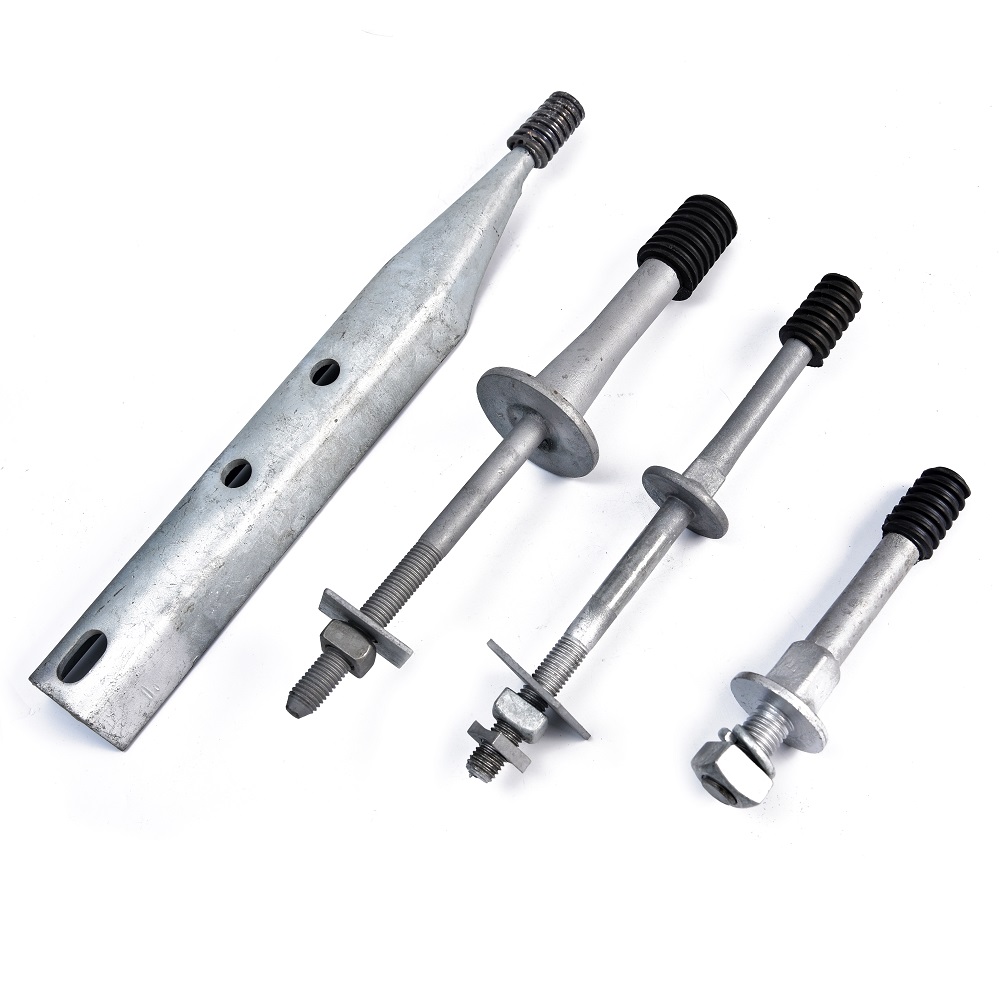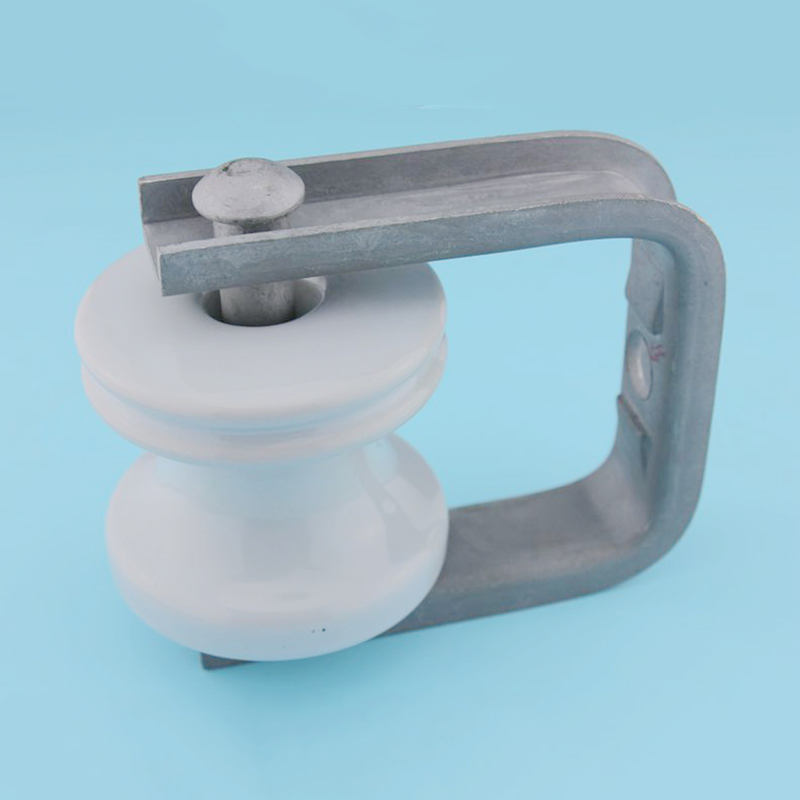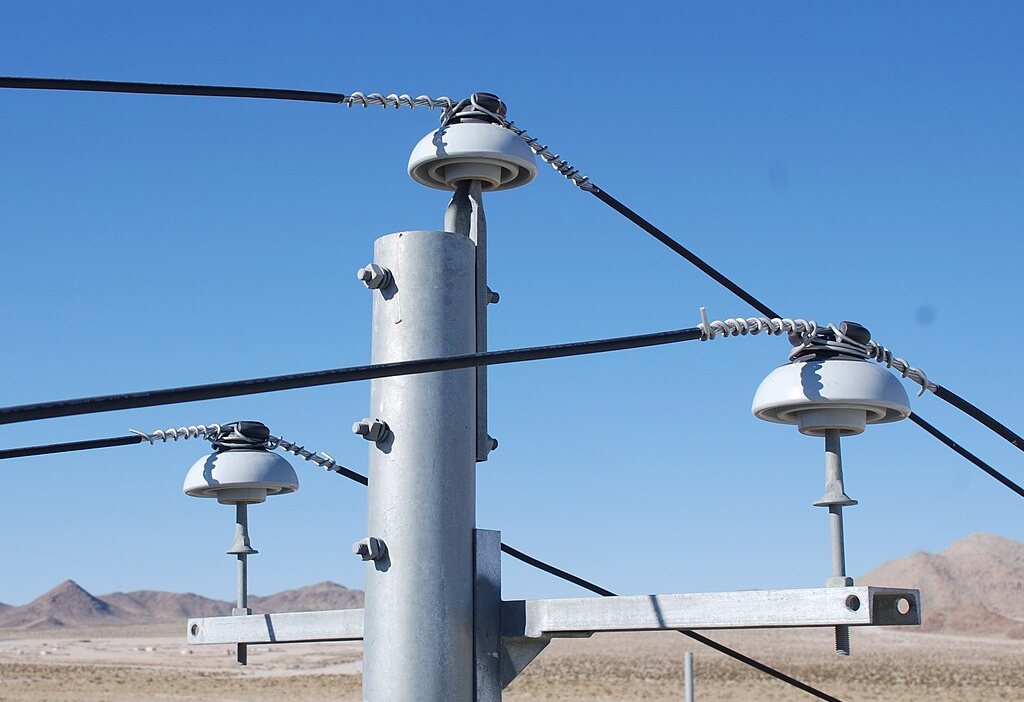1. The production and operation needs of the enterprise Epoxy resin floor is suitable for electronics factory, chemical plant, food factory, electroplating factory, precision instrument component manufacturing plant, textile factory, pharmaceutical factory, oil silo Epoxy floor libraries, walkways, shopping centers, hospitals, etc., for production and management enterprises with high requirements on dust, corrosion and static electricity, according to different needs, choose resin flooring with different emphasis. 2. Use performance requirements Wear resistance: When the floor is used, which vehicles will walk? Withstand voltage: How much load will it bear when the floor is used? Impact resistance: What is the external impact force when the floor is used? Dust-proof: When using the floor, what level of dust and cleanliness is required? Anti-corrosion: What type and concentration of corrosive chemicals are used when the floor is used? Anti-static: What is the range of surface resistance and volume resistance required for static electricity when the floor is used? 3. Plain ground conditions Floor condition: 1 There will be a return to the underground floor, and there will be blistering and delamination on the floor. 2 The underground floor should be provided with a waterproof layer to prevent moisture. 3 The ground floor should be selected as appropriate. 4 Foundation floor: strength generally requires compressive strength ≥ 20Mpa flatness within 3mm / 3m, uneven floor should use epoxy mortar floor. 4. Apparent performance requirements colour: 1 Do you need a color division area? 2 According to the different psychological requirements of different colors and people: red makes people auspicious, green makes people calm, light colors make people easy, warm colors make people good. Brightness: Is it matt or bright as needed? 5. Safety performance requirements In some cases, there is a requirement for fireproofing on the floor. In a greased environment or on a ramp, a non-slip floor is required. Insulator Hardware Insulator hardware for Poleline Hardware refers to the components used to support and insulate electrical conductors on utility poles. Some common insulator hardware used in poleline installations include: 5. Strain hardware: Strain hardware is used to absorb and distribute the mechanical forces exerted on the conductors due to wind, ice, or other external factors. It includes components such as strain insulators, strain clamps, and dead-end fittings. 6. Crossarm braces: Crossarm braces are used to provide additional support and stability to the crossarms, which hold the insulator strings. They are typically made of steel or other sturdy materials and help to prevent sagging or swaying of the conductors. Yokelink Insulator Hardware are mainly used in transmission lines. It is used to connect crossarms, thereby joining the crossarms. By joining crossarms together, they are made stronger and more resistant to vibration.They are attached in cross arms of overhead transmission lines for supporting and connecting the crossarms by means other than welding. They join two crossarms or a cross arm with an insulator mounted on it. It is also put into one crossarm for joining cross arms together. Insulator Clevis, Post Studs, Pole Top, Forged Pin, Insulator, porcelain, Deadend,pole,Insulators,Hot dip galvanized,guy,clevises Ningbo Yokelink Machinery Co.,Limited , https://www.yokelink.com
1. Insulators: Insulators are typically made of porcelain, glass, or polymer materials and are used to prevent electrical current from flowing through the pole or other grounded structures. They provide electrical insulation and mechanical support for the conductors.
2. Insulator pins: Insulator pins are used to secure the insulators to the crossarms or other supporting structures. They are usually made of steel or other durable materials and come in various designs to accommodate different types of insulators.
3. Insulator Clevis: Insulator clevis are comprised of multiple insulators connected in series to provide the required electrical insulation for the voltage carried by the conductors. The number and arrangement of insulators in a string depend on the system voltage and other factors.
4. Suspension hardware: Suspension hardware includes various components such as suspension clamps, suspension insulators, and suspension links. These are used to support the weight of the conductors and insulators, ensuring proper tension and alignment.
The Insulator cross arm pins have three parts – the crossarm pin base, a crossarm pin body, and the crossarm pinhead. The cross-arm pin base is fitted in an opening of a cross arm.The cross-arm pin body connects the cross arm with another cross arm or a crossarm insulator. The crossarm pinhead is placed on the top end of the cross-arm pin body and holds it into position so that it cannot move outwards. 